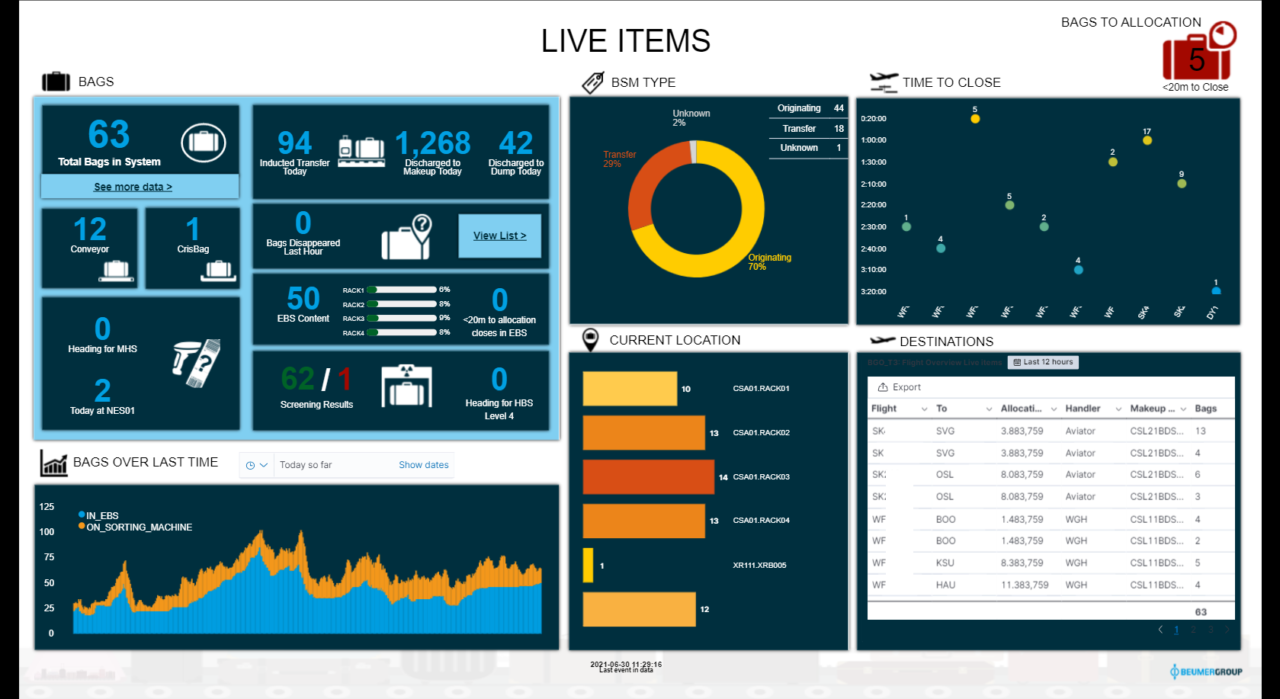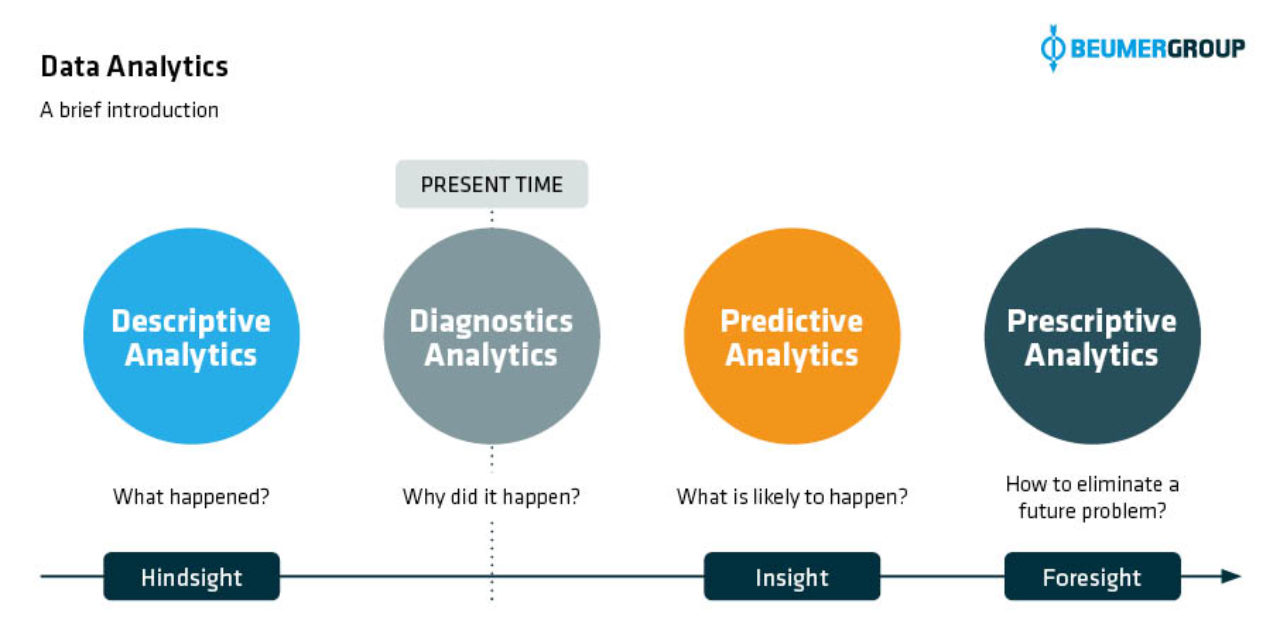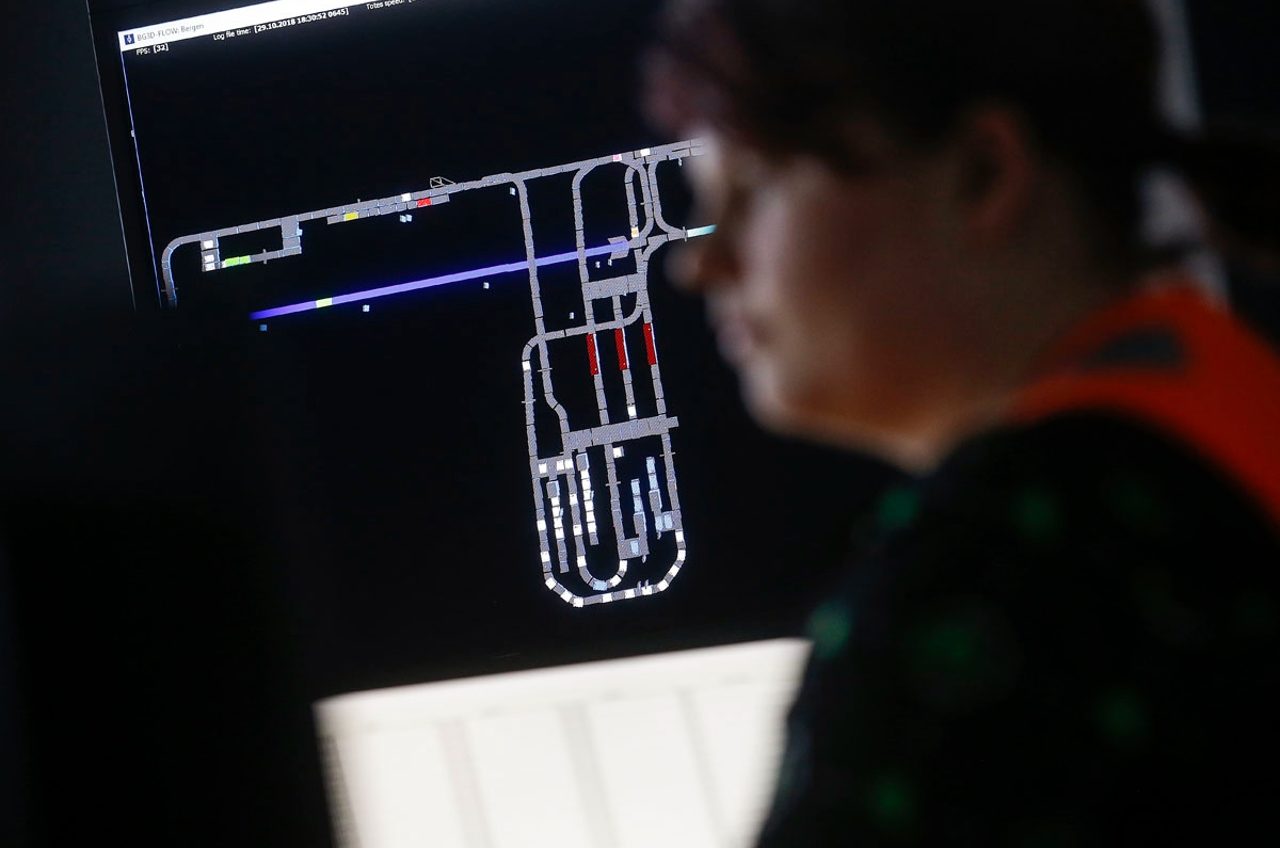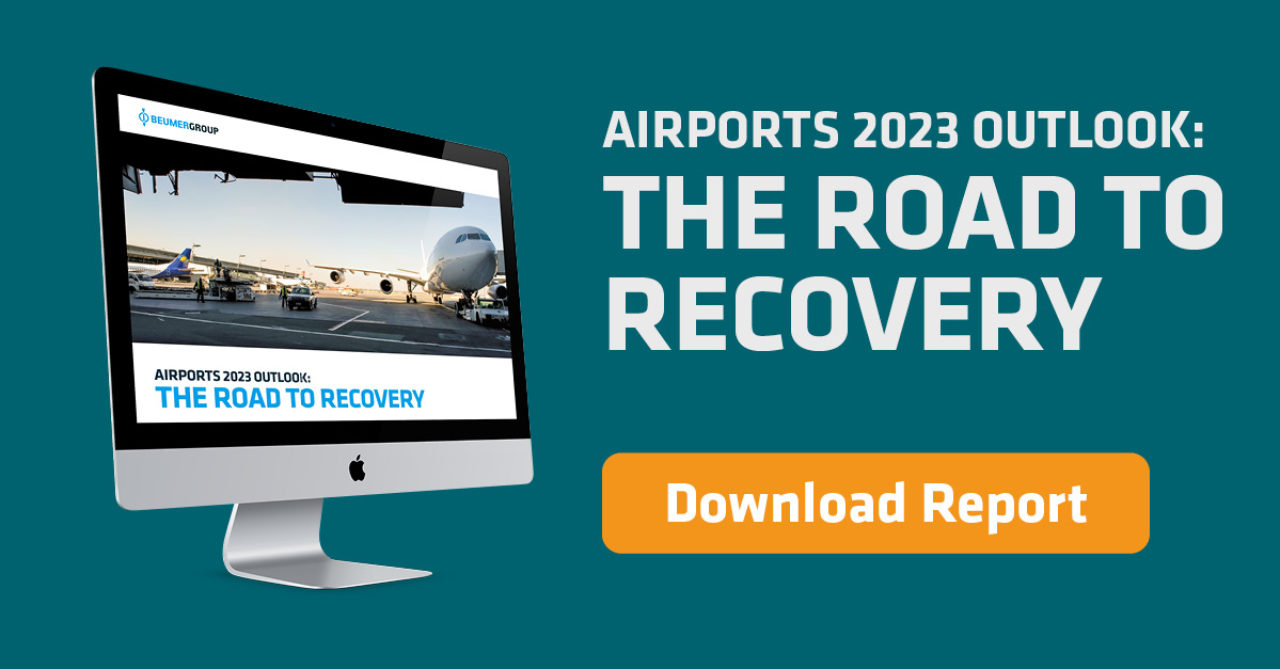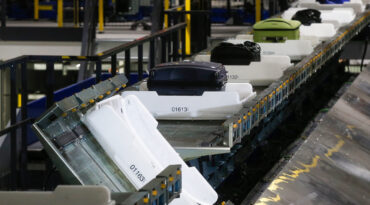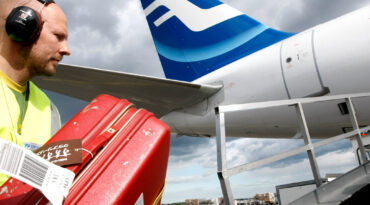Bottlenecks causing increased system time, unnecessary system wear and additional operator workload are identified and changed. The direct result? A significant reduction of bags requiring manual encoding and not reaching their flights in time.
Improving management through data analytics
The implementation of data-driven, condition-based monitoring tools has enabled better maintenance schedules and streamlining of teams. Preventative maintenance is executed with a lean approach and more flexible use of staff, without compromising the quality of the O&M operations.
For YYC, the use of data analytics has resulted in changes to how it addresses O&M, leading to significant reductions in its OPEX.
Other facets of data analytics that can help optimise the BHS
In addition to how data analytics can assist airports in the maintenance, operation and management of their BHS, there are further facets of data analytics that can help optimise the BHS. In brief, these are:
- Moving BHS into the cloud vs. on premises: Cloud-based analytics tools mean the entire BHS can be analysed and optimised from a remote site. Not only can airports take advantage of the highly specialised infrastructure and the cloud service providers’ IT services, the technology is kept up-to-date so they can remain competitive without making their own capital investments. This can save the airport in space and IT resources needed to run their systems. It also enables remote working.
- Subscription based model/costs: Through subscription-based data analytics models, airports pay only for the services they use, making it easy to scale for fluctuating traffic volumes. This can help airports reopen in the face of reduced staffing levels.
- Establishment: A cloud-based analytics system takes just two weeks to launch, can be integrated with third-party equipment (although it is not plug and play) and is integratable with airport control rooms.
Conclusion
As airports recover from the global pandemic and rebuild their businesses, there will be increased interest in strategic KPIs and KPIs for overall equipment efficiency in their baggage handling. There will also be interest in ensuring systems can survive any future operational disruptions. Data analytics is the answer for airports looking to both optimise and future-proof their systems. It can provide insights in all parts of the BHS operations and processes that cannot be otherwise gleaned. From the analyses, BHS professionals can change, improve and optimise baggage flows and maintenance and resourcing schedules. With the future of data analytics increasingly moving into decision science, airports can look forward to their systems being able to recommend and make decisions for them.


